A reciprocating saw is an electric power tool that gets its name from the back and forth or ‘reciprocating’ motion of its saw blade. Known for it’s compact yet powerful and easy to use design, it is an essential tool for many, from professionals working in construction and the emergency services such as firemen to home project DIYers.
The many attachments available for reciprocating saws such as blades, scrapers, files, rasps, brushes and more make it an incredibly versatile tool and one that is usable in a number of situations. If you would like to learn more about reciprocating saws continue reading below to find out which types are on offer and a more in-depth look at some of its uses.
What is a Sawzall?
You may have heard or seen reciprocating saws mentioned under various names, however, there is one in particular that tends to show up more than others. That name would be ‘Sawzall’, but what does it mean and is it the same as a reciprocating saw?
Well, the term ‘Sawzall’ was actually created by Milwaukee Electric Tool Co in 1951 as a term for their line for reciprocating saws. Although originating as brand name, today Sawzall’s have become synonymous within the industry and is a term used by many to refer to reciprocating saws
It is quite easy to see how it can cause some confusion to first-time buyers!
Is There Any Difference Between A Sawzall And A Reciprocating Saw?
When searching for the best reciprocating saws online, as well as noticing the term Sawzall you may also have noticed the similarities between them and a reciprocating saw. So, what are the differences between the two?
The only real difference is the brand and maker of the saw, however, although essentially the same, Milwaukee market their Sawzall line of reciprocating saws with unique features such as their QUIK-LOK system. Of course, this is just a fancy name for a quick release attachment system which many other saws have.
Types of Reciprocating Saws
Mini or Compact Reciprocating Saws: Due to their reduced size and weight, compact reciprocating saws can be used one-handed, making them useful for overhead cuts and in harder to reach workspaces making them even more versatile.
Of course with their smaller size comes a smaller motor. You need to decide whether the added benefits of a compact reciprocating saw exceed your need for a more powerful motor. It all comes down to the jobs you intend on using your saw for. If demolition work is high on your list of priorities you would be better off with a normal sized reciprocating saw.
Corded: Corded reciprocating saws may be your best bet if you are shopping on a budget, being comparatively more affordable to other types. They also tend to offer more reliable power but of course, are limited by the reach of their cord.
Cordless: Cordless reciprocating saws can be very handy to have, allowing you to work virtually anywhere without constraint. They are especially handy for outdoor work! Just remember they are powered by an onboard battery back and therefore have a limited run time before it needs to be recharged. Expect to pay more for high-end models with powerful batteries and motors.
Whether you go corded or cordless comes down to your budget along with your power and portability requirements.
Tip: If you go with a cordless reciprocating saw and own other cordless power tools it is a good idea to purchase the same brand so you can share battery packs (check the battery pack types beforehand to make sure!).
What are They Typically Used For?
Reciprocating saws have a large number of uses due to their powerful yet user-friendly design. The many different types of blade attachments available which feature a large variety of tooth designs also enables them to cut through most materials. Take a look below at some of their most common uses.
Construction
Reciprocating saws are extremely popular in demolition during construction projects. Tasks such as removing walls are well suited to a reciprocating saw due to its ability to make precision cuts with power, making quick work of anything in its path. Their efficiency on a job site is unmatched.
Home DIY
Owning a reciprocating saw will save you time and money buying multiple tools to tackle all the jobs that need doing around the house. The vast array of available attachments make a reciprocating saw the ultimate all in one power tool.
Tip: Rest your foot on the work surface to counter the push-pull movement of the blade
Emergency services
Reciprocating saws are commonly used amongst the emergency services due to their lightweight yet powerful design. This makes them ideal for cutting material in awkward situations, such as when trying to gain access to someone trapped in a building or car after a crash.
Their lightness in comparison to other heavy duty power tools make it possible to use them is hard to reach spaces that are otherwise to tricky to reach.
Gardening
Maybe your garden could do with a bit of a revamp? Not to worry, a reciprocating saw has you covered! The design of the blade makes it the perfect tool to cut unwanted branches and trim back overgrown bushes, giving your garden a much-needed makeover.
Sanding
Yes that right, you can even sand with a reciprocating saw! Just add a sanding pad attachment and away you go!
How Easy are They to Use?
They really couldn’t be easier to use! Let’s take a look at a quick 4 step guide that will have you mastering a reciprocating saw in no time!
- Choose your blade: Most important of all is your choice of blade attachment. Pairing the wrong blade with the wrong job can lead to poor results and may also increase the likelihood of an accident.
- Attach the blade: Simply insert the blade, teeth pointing in the same direction as the handle, until it is locked into place.
Then, turn the hex key clockwise to tighten the blade clamp until the blade is secure. Some reciprocating saws feature a quick release system that only requires the press of a button or flip of a switch to change attachments!
- Squeeze the Trigger: Many reciprocating saws come with a variable speed trigger. In this case, gently squeeze the trigger to start the blade off slow. As the blade begins to cut through the material increase the speed.
- Perform the cut: All that’s left is to make the cut! Make sure you are applying even pressure in your chosen direction to ensure a controlled cut.
That’s all there is to it!
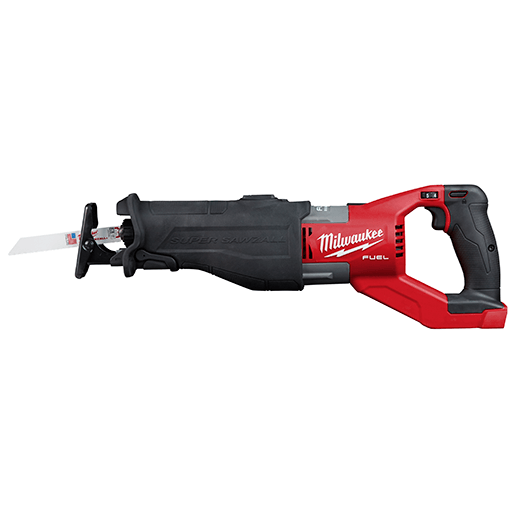
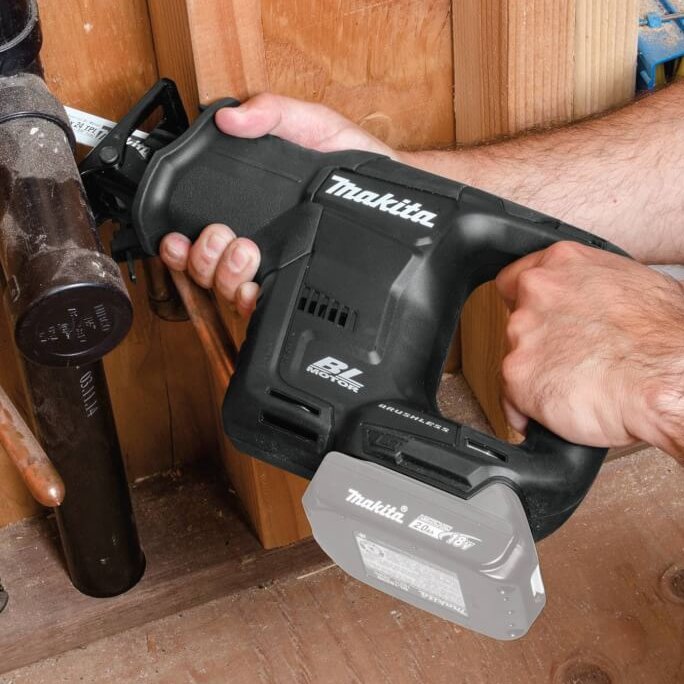
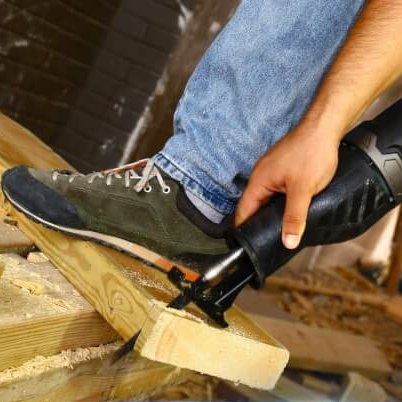
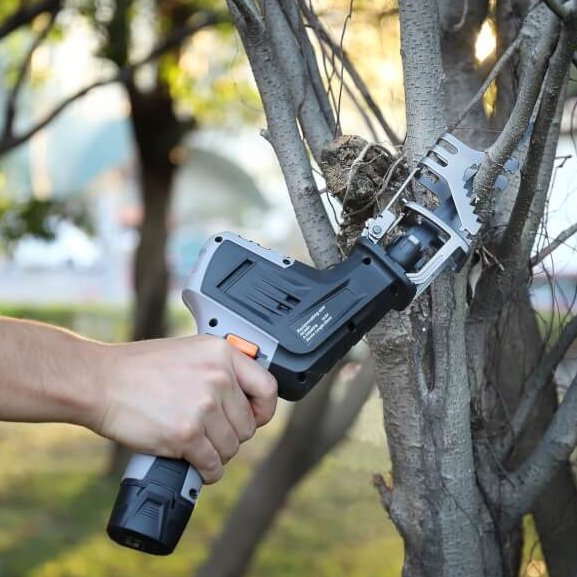
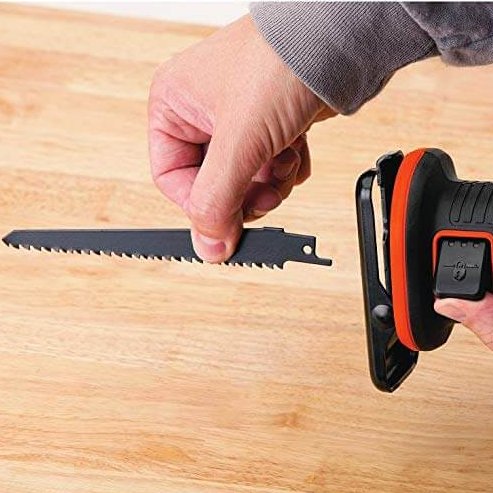 Then, turn the hex key clockwise to tighten the blade clamp until the blade is secure. Some reciprocating saws feature a quick release system that only requires the press of a button or flip of a switch to change attachments!
Then, turn the hex key clockwise to tighten the blade clamp until the blade is secure. Some reciprocating saws feature a quick release system that only requires the press of a button or flip of a switch to change attachments!
Reader Interactions